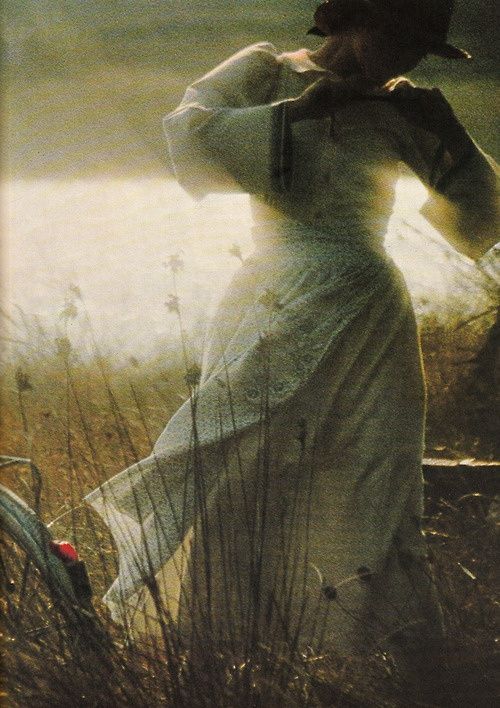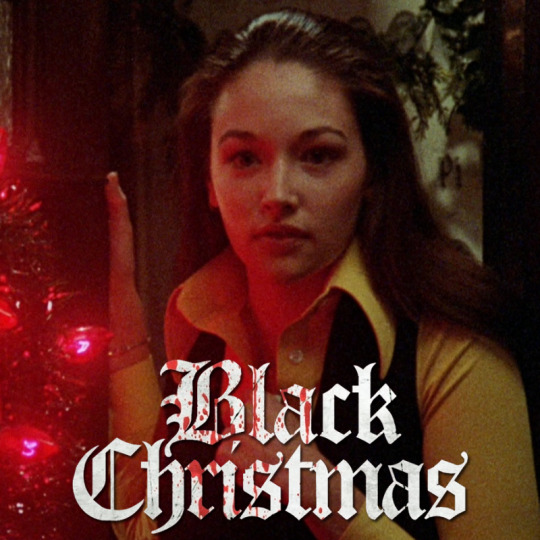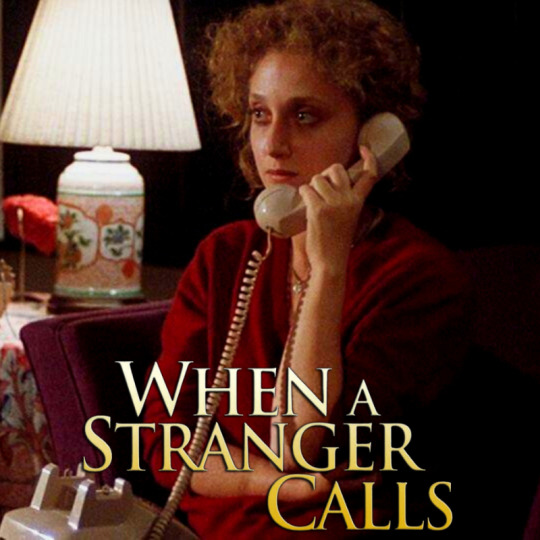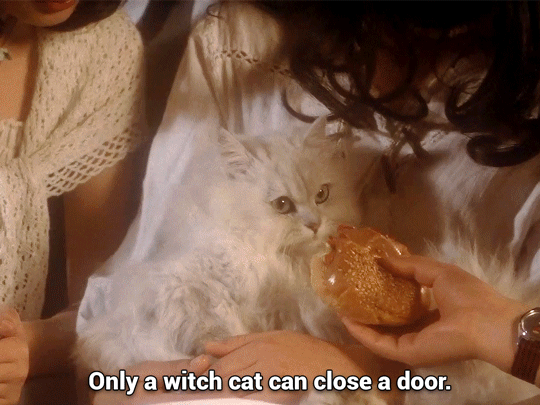Text


Living and loving Brooklyn
5 notes
·
View notes
Photo
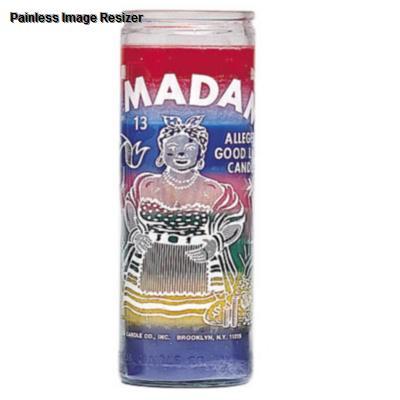


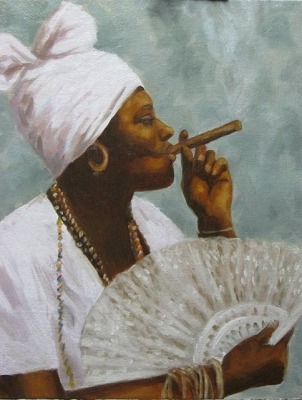
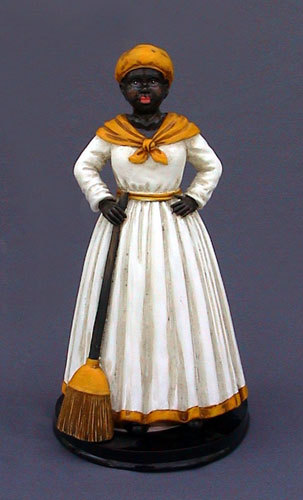
La Madama is the spirit of an old slave who was a conjure woman. Although not anorisha, as her Spanish-language name indicates, the veneration of La Madama was brought to North America by Spiritists and members of the Lukumi and Santeria religions, primarily from Cuba. As with theIndian spirit guides of North AmericanSpiritualism, the name La Madama is applied to more than one entity.
La Madama is the patron of playing card readers and bone readers, the latter a link to her past on the African continent. As a conjure woman, she carries the wisdom of all the old rootworkers from the past. She is the patron of root doctors, and as a spirit guide, she may be called upon by conjure doctors who seek information when faced with difficult clients or intractable jobs of spell-casting. The broom is one of her tools; she works with the broom to sweep out all crossed conditions, family issues, troubles, and confusion that clients may bring to the root doctor. Her assistance is sought by those performing rites ofspiritual cleansing for clients, opening their roads, or bringing them totalsuccess in all they do. She is also petitioned to bless and settle down troublesome folks, bring money into the house, and help bills get paid on time.
Old-fashioned “Aunt Jemima” pancake mix advertising art or “Mammy” style cookie jar figures are images often used to represent La Madama on the altar. Cuban-influenced card readers who work with La Madama may house her in an iron pot, after the manner used when working with orishas, and they will provide her with tools such as a knife to nail down enemies, a pack of playing cards to reveal the client’s troubles, a broom for cleansing and to sweep away crossed conditions, some chalk to mark the magical work and lock it down, and a wooden cross to hold her power. The colors associated with La Madama are red or dark orange, white, and black, and these colours, as well as a broom, are also found on Aunt Jemima and Mammy figures. The offerings La Madama accepts are molasses, whiskey, brown sugar, cigarettes, a cool glass of water, and a vigil candle.
69 notes
·
View notes
Photo
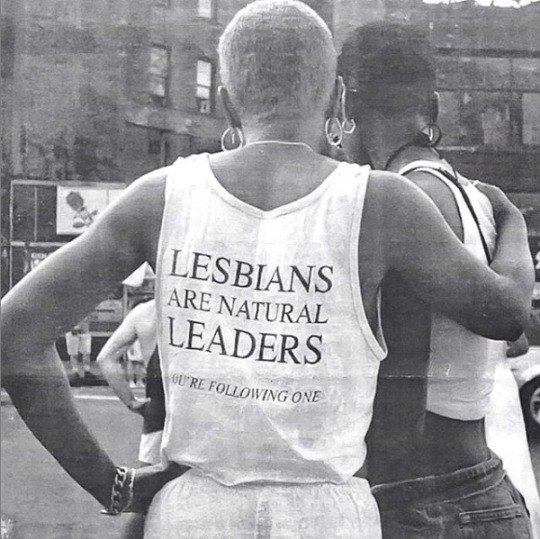
“LESBIANS ARE NATURAL LEADERS — YOU’RE FOLLOWING ONE,” Stonewall 25, New York City, June 1994.
27K notes
·
View notes
Text
Love me some HER!!!
On September 10th we celebrate Elevated Ancestor, Voodoo Queen of Louisiana, & Saint, Marie Catherine Laveau on her 222nd birthday 🎉
[for our Hoodoos of the Vodou Pantheon]

Marie Catherine Laveau was a dedicated Hoodoo, healer, herbalist, & midwife who, "traveled the streets [of New Orleans] like she owned them", as the most infamous Voodoo Queen of New Orleans.
Marie C. Laveau I was born a "Free Mulatto" in today's French Quarter in what was then, New France); to a mother & grandmother who were both born into slavery & later freed via freedom papers. It is believed that she grew up in the St. Ann Street cottage of her maternal grandmother.
She married Jacques Santiago-Paris, a "Quadroon" "Free Man of Color", who fled as a refugee from Saint-Domingue, Haiti from the Haitian Revolution in the former French colony . After his passing, she became known as "The Widow Paris". She then worked as a hairdresser catering to White families & later entered a domestic partnership with a French nobleman his death. She excelled at obtaining inside information on her wealthy patrons by instilling fear in their servants whom she either paid or cured of mysterious ailments. Although she never abandoned her Catholic roots, she became increasingly interested in her mother’s African traditional beliefs. The Widow Paris learned her craft from a ‘Voodoo doctor’ known variously as Doctor John or John Bayou.
Marie C. Laveau I is said to have intiated into Voodoo career sometime in the 1820s. She's believed to be descended from a long line of Voodoo Priestesses, all bearing her same name. She was also a lifelong devout Catholic. It didn’t take long before Marie C. Laveau I dominated New Orleans Voodoo culture & society before claiming title of Queen. She was the 3rd Voodoo Queen of NOLA - after Queen Sanité Dédé & Queen Marie Salopé. During her decades tenure, she was the premier beacon of hope and service to customers seeking private consultations - to aid in matters such as family disputes, health, finances, etc, created/sold gris gris, perforemed exorcisms. While her daughter Marie II was known for her more theatrical displays of public events, Marie C. Laveau I was less flamboyant in her persona. She conducted her work in 3 primary locations throughout the city: her home on St. Ann Street, Congo Square, & at Lake Pontchartrain. Despite one account of a challenge to her authority in 1850, Marie C. Laveau I maintained her leadership & influence.
The Queen died peacefully in her sleep in her ole cottage home on St. Ann Street. Her funeral was conducted according to the rite of the Catholic Church & in the absence of any Voodoo rites. To her Voodoo followers, she's venerated as a Folk Saint. In² addition to her Priesthood in Voodoo and title of Queen, she is also remembered for her community activism; visiting prisoners, providing lessons to women of the community, & doing ritual work for those in need.
She is generally believed to have been buried in plot 347, the Glapion family crypt in Saint Louis Cemetery No. 1, New Orleans. As of March 1st, 2015, there is no longer public access to St. Louis Cemetery No. 1. Entry with a tour guide is required due to continued vandalism & tomb raiding.
We pour libations & give her💐 today as we celebrate her for her love for & service to the people, through poverty, misfortune, bondage, & beyond.
Offering suggestions: flowers + libations at her grave, catholic hymns, holy water, gold rings/bracelets, money
‼️Note: offering suggestions are just that & strictly for veneration purposes only. Never attempt to conjure up any spirit or entity without proper divination/Mediumship counsel.‼️
361 notes
·
View notes
Text

Hey y’all
19 notes
·
View notes
Text

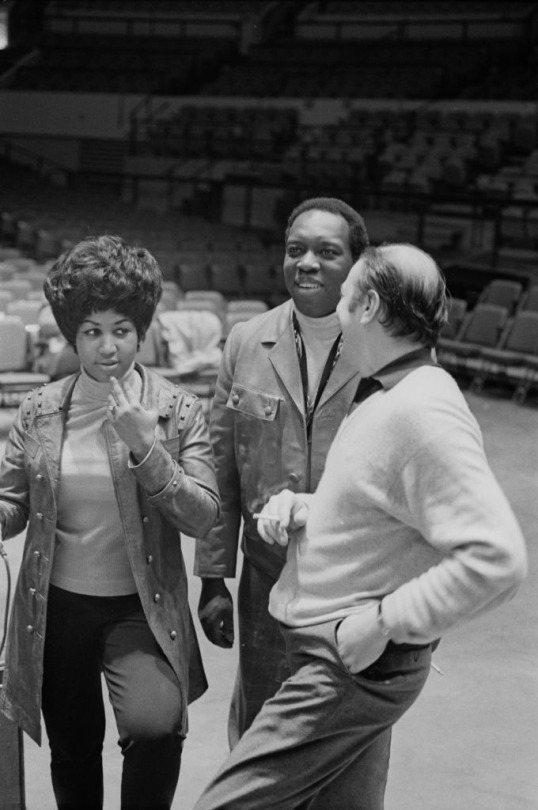

King Curtis, Aretha Franklin and Joe Tex during rehearsals for the 'Soul Together' benefit concert at Madison Square Garden in New York City on June 28, 1968.
Photos by Don Paulsen
221 notes
·
View notes
Text

The English term creole comes from French créole, which is cognate with the Spanish term criollo and Portuguese crioulo, all descending from the verb criar ('to breed' or 'to raise'), all coming from Latin creare ('to produce, create'). The specific sense of the term was coined in the 16th and 17th century, during the great expansion in European maritime power and trade that led to the establishment of European colonies in other continents.
The terms criollo and crioulo were originally qualifiers used throughout the Spanish and Portuguese colonies to distinguish the members of an ethnic group who were born and raised locally from those who immigrated as adults.
They were most commonly applied to nationals of the colonial power, e.g. to distinguish españoles criollos (people born in the colonies from Spanish ancestors) from españoles peninsulares (those born in the Iberian Peninsula, i.e. Spain).
However, in Brazil the term was also used to distinguish between negros crioulos (Africans born in Brazil from African slave ancestors) and negros africanos (born in Africa). Over time, the term and its derivatives (Creole, Kréol, Kreyol, Kreyòl, Kriol, Krio, etc.) lost the generic meaning and became the proper name of many distinct ethnic groups that developed locally from immigrant communities.
Originally, therefore, the term "creole language" meant the speech of any of those creole peoples.

15 notes
·
View notes
Text



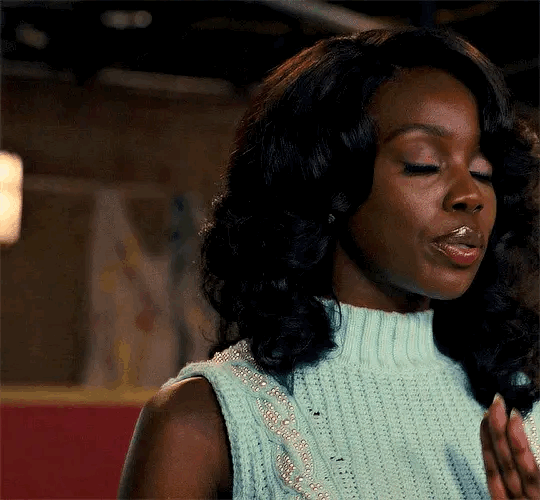





Hey girl, hey!!!!!
#african descent#african diaspora#black woman magic#black girls#black girls rock#african women#caribbean women#afrolatina#black is beautiful
18 notes
·
View notes
Photo
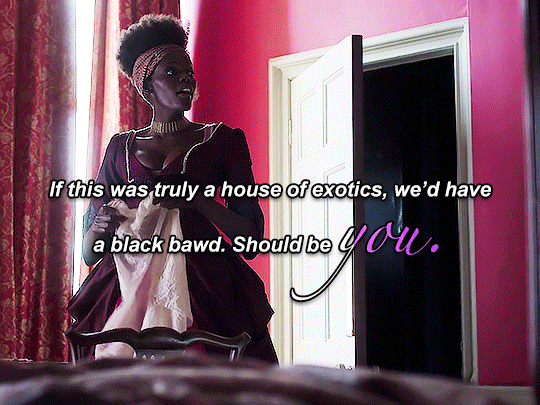
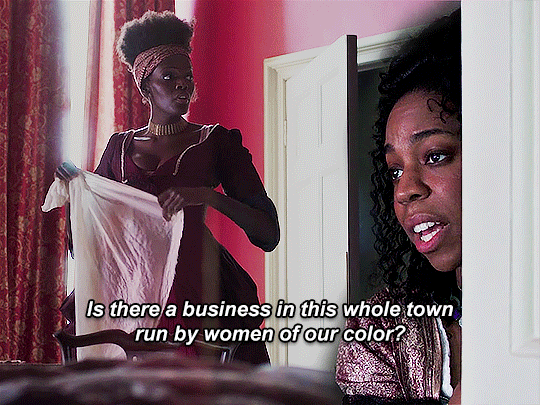
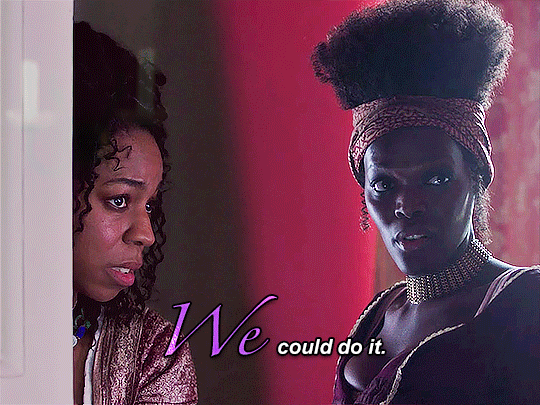
Harriet’s House Appreciation || Prompt: Harriott Lewis
Harriet Lennox’s character was inspired by Harriott Lewis, who was the first black bawd in London. She was born in Guinea and shipped to Jamaica as a slave, where she was purchased by a plantation owner named Captain William Lewis. Lewis sexually abused Harriott and fathered her two children. Lewis brought Harriott to London as his mistress in 1766, where she socialized with the English elite. While in London, Lewis died of smallpox, leaving Harriott penniless. Harriott was brought to the King’s Bench debtor’s prison. Her admirerers paid off her debts and she became a very highly paid sex worker after her release. She opened a brothel in St. James which allegedly employed only black women. Her clients were said to include 20 members of the House of Lords and 50 members of the House of Commons.
172 notes
·
View notes
Text




Black Contestants in the Miss America Pageant of 1984
4K notes
·
View notes
Text

Stivenson Magloire
« Divided Spirit »
Acrylic on canvas, ca. 1989
17 notes
·
View notes
Text


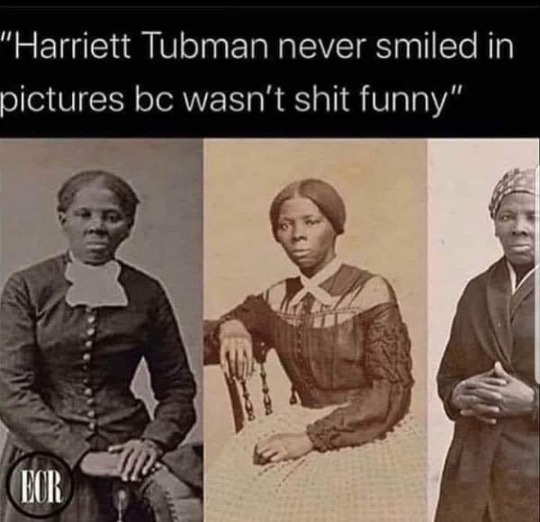


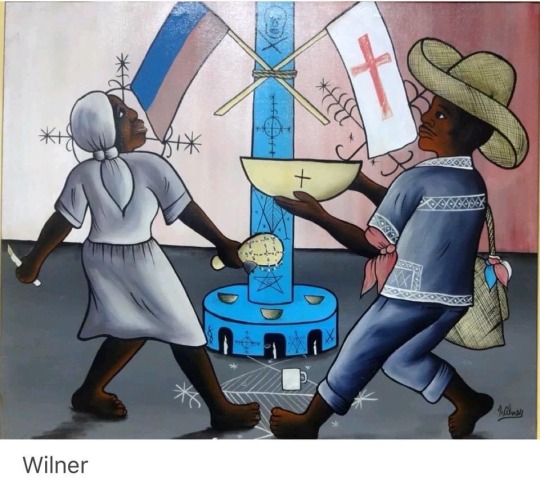

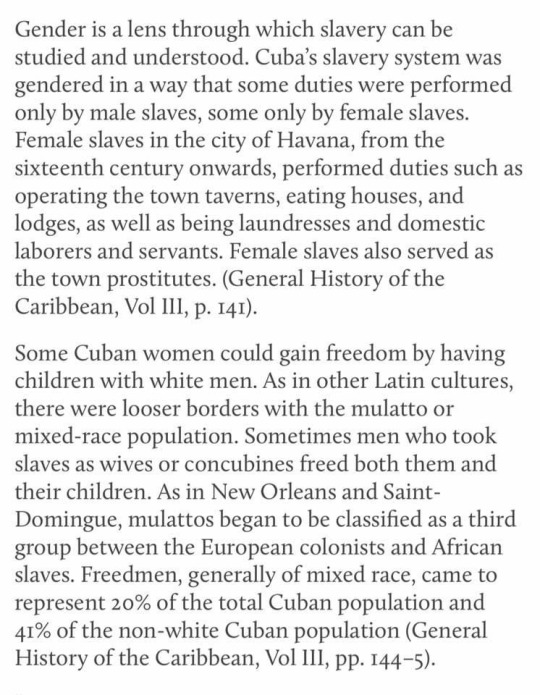


The BLACKNESS
#african descent#african diaspora#black heritage#janet jackson#tina turner#grace jones#ralph souffrant#celia cruz#haiti#harriet tubman#djimon hounsou#Carissa pinkston
25 notes
·
View notes
Text
Life in NYC -6-15-2023 !! It’s all types of Gay Pride 🏳️🌈 Events LOL
Yes, folks I will post from time to time . People other than me still use tumblr?
9 notes
·
View notes

